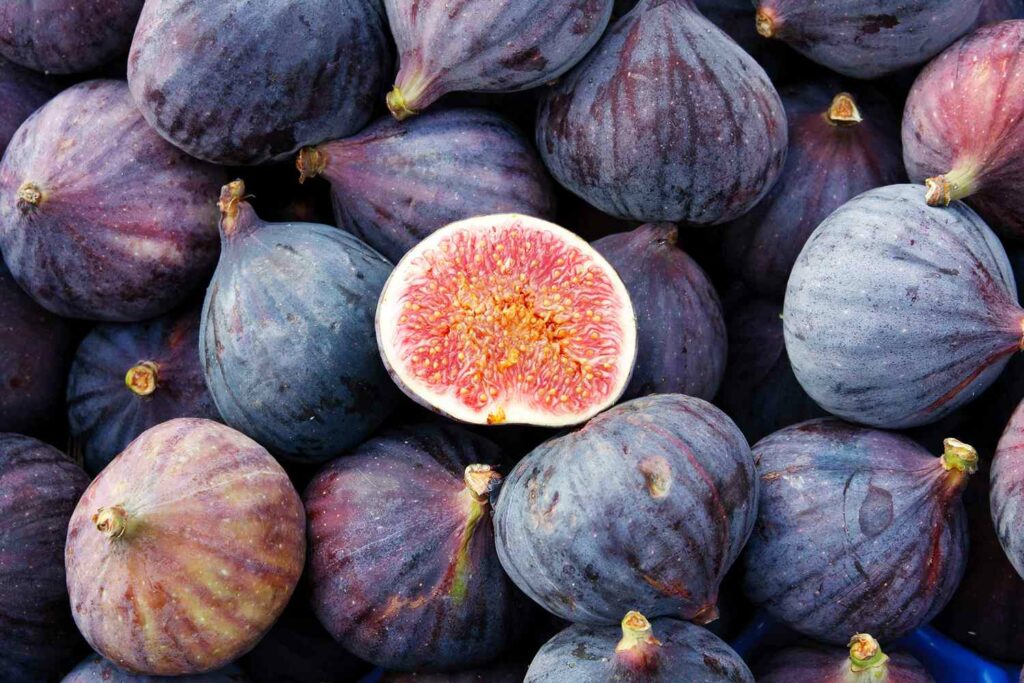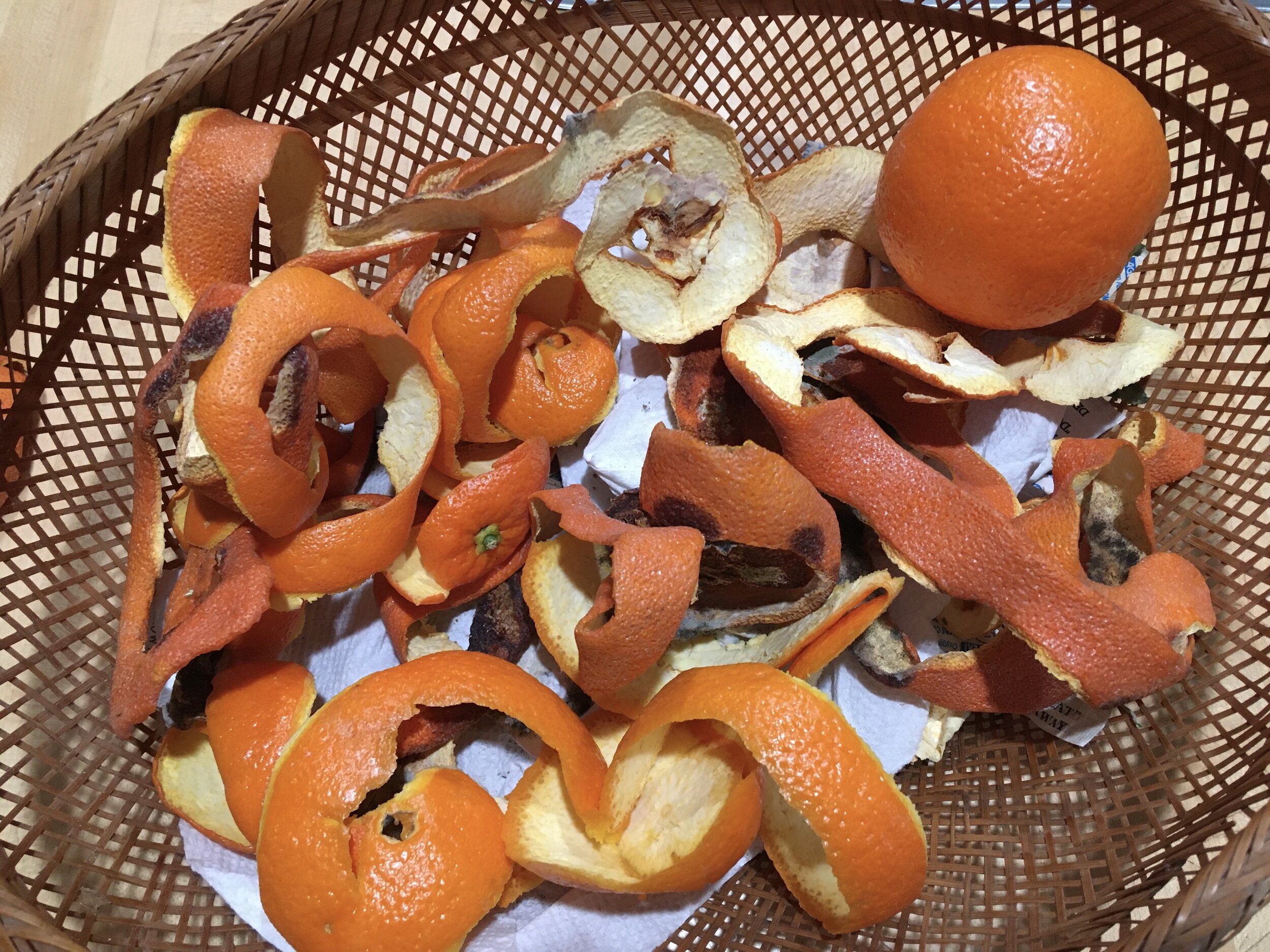
Growing figs can be a delightful and rewarding endeavor, especially when you can do it with minimal expense. Fig trees are known for their lush foliage and sweet fruits, and with a few simple strategies, you can start your own fig cultivation at almost no cost. Here’s a guide to help you begin your fig-growing journey effectively and economically.
Choosing the Right Fig Variety
First, it’s important to choose the right variety of fig that suits your climate and soil conditions. Common fig varieties such as ‘Brown Turkey’ and ‘Celeste’ are resilient and can thrive in many environments without the need for cross-pollination, making them ideal for new gardeners.
Propagating Your Fig Tree
One of the most cost-effective methods to start growing figs is through propagation:
-
From Cuttings:
-
Find a friend or a community garden where you might obtain a cutting.
-
In early spring, cut a 10-12 inch section of a fig branch from the previous year’s growth.
-
Plant the cutting in a pot with well-draining soil. Keep it moist and in a warm, shaded area until roots develop.
-
-
Layering:
-
This method involves bending a low-hanging branch down to the ground, partially burying it while still attached to the parent tree.
-
Secure the branch in contact with the soil using a rock or a peg.
-
Roots will develop at the point of contact with the soil. Once established, this section can be cut from the main tree and planted elsewhere.
-
Planting and Care
-
Soil and Location:
-
Fig trees thrive in areas that receive full sun for at least 8 hours a day.
-
Ensure the soil is fertile and well-drained. If drainage is a concern, consider raising the planting area slightly to help prevent waterlogging.
-
-
Watering:
-
While fig trees are relatively drought tolerant, they do need regular watering during the growing seasons, especially when the fruits are forming.
-
-
Fertilizing:
-
Use organic compost as fertilizer. You can make your own compost from kitchen and garden waste, which is a great way to recycle nutrients back into your garden without any cost.
-
Pruning and Maintenance
-
Pruning:
-
Prune your fig tree in winter to remove any dead or diseased wood and to shape the tree. This helps in improving sunlight penetration and air circulation, which are vital for fruit development.
-
-
Pest Control:
-
Keep an eye out for pests and diseases. Use natural remedies such as neem oil or create barriers to protect the tree from birds if they become a problem as the fruit ripens.
-
Growing figs can be a wonderfully satisfying experience that doesn’t have to come with high costs. By starting with cuttings, utilizing homemade compost, and caring for your tree with simple, natural methods, you can enjoy the lush beauty and delicious fruits of your fig tree for years to come. Happy gardening!





